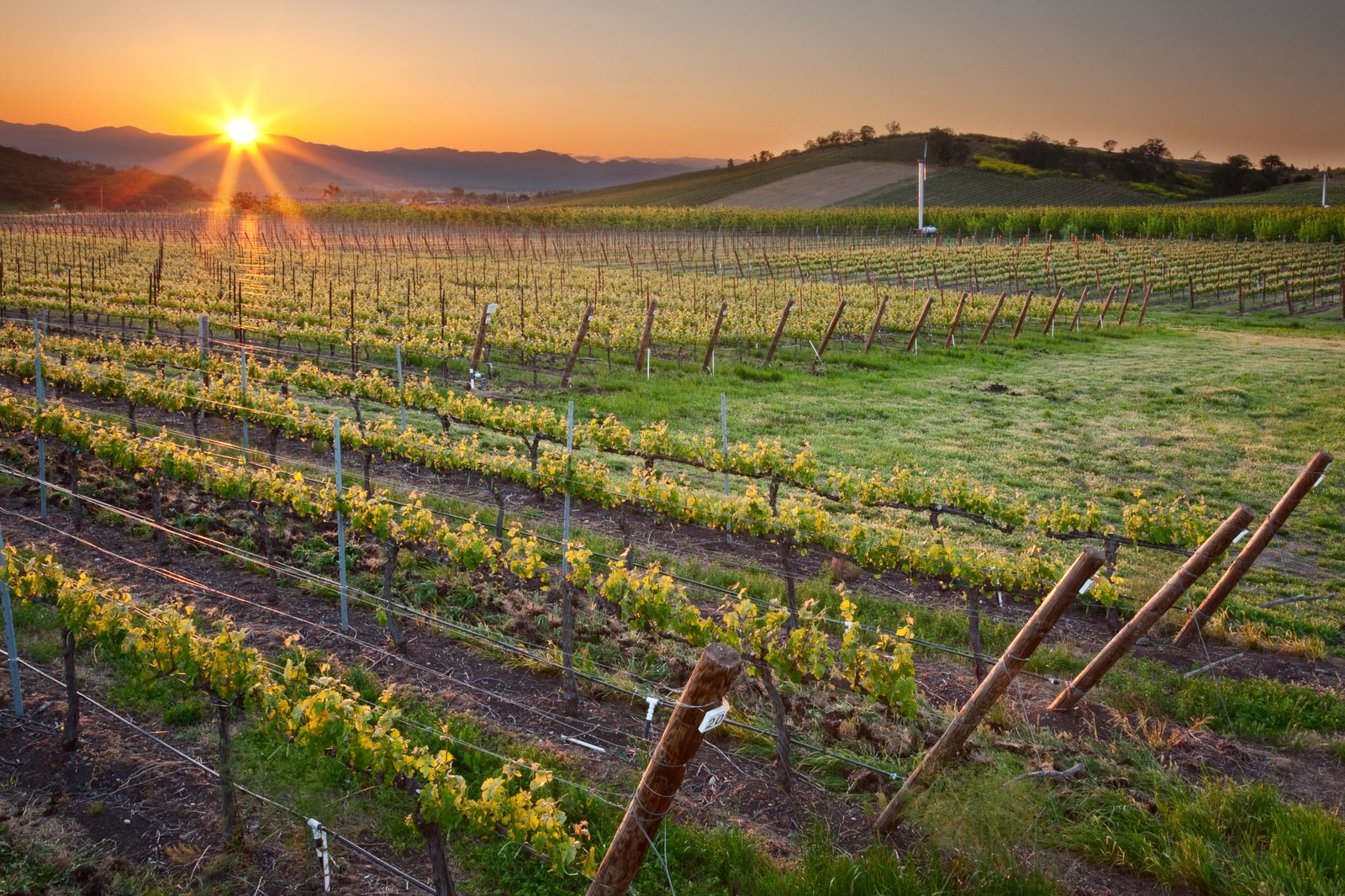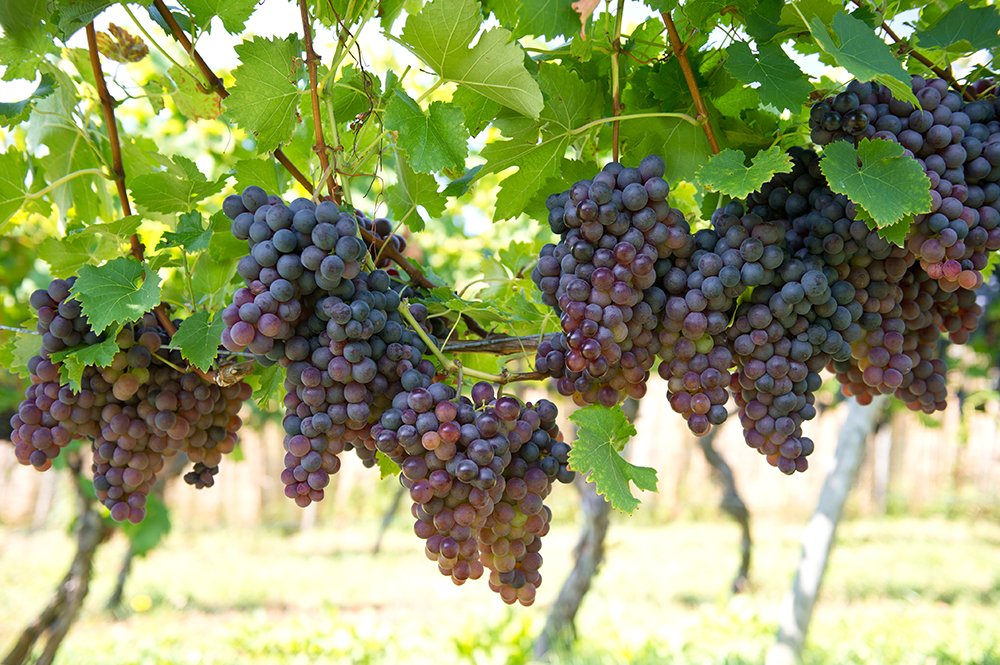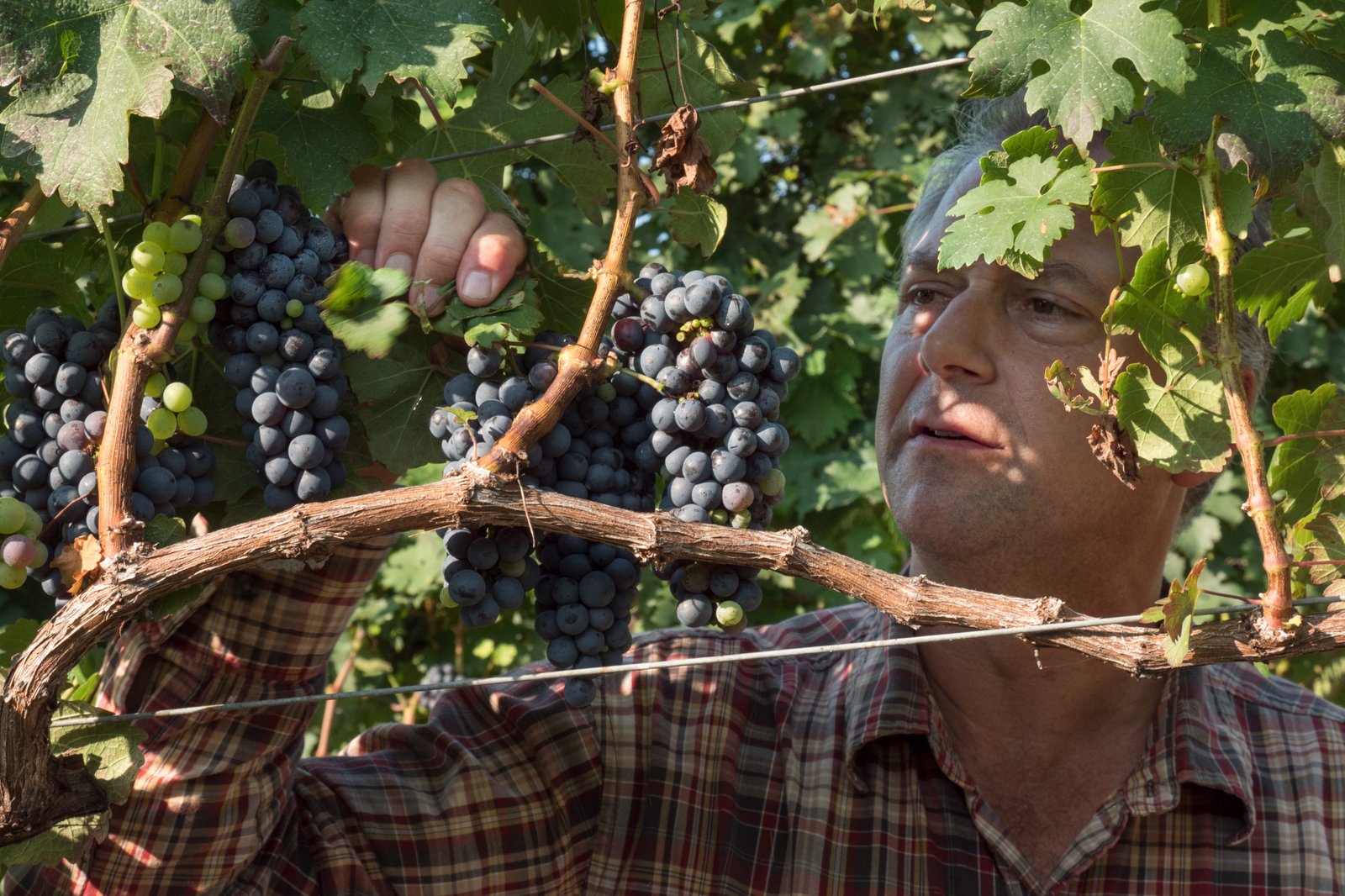
For the professionals from wine making (winegrowers, oenologists and winegrowers), the harvest period is a key step in the creation of table wine from France. From the month of September (see from the end of August) begins one of the most important months for French farms. The harvest concerns the grape harvest specific to wine making. Here is an overview of the challenges of this ancient art and essential sectors food and gastronomic.
The harvest period
the harvest calendar varies by region. In L’northern hemisphere, it is between july and october. According to many factors, this is what corresponds to the arrival at ideal grape ripening, that of a perfect balance Come in sugar and acidity for making wine.
The time of the harvest in France is traditionally between september and october. This period of September 22 to October 21 was called “vendémiaire” in the first republican calendar French, a term taken directly from this harvest period.
The date of the harvest depends on multiple parameters which greatly influence the wine quality at the end of production. This takes into account the weather conditions, the production areas (exposure to the south), the grape variety (white or red) or the type of wine sought (sugar level, acidity, colors, aromatic components). This period is theoutcome of the care and attention of winegrowers who have worked on their vines all year round. The date of the harvest is definitively formalized thanks to the harvest ban, a prefectural decree determining the start of these. This ban is published by the town halls dealing with wine regions.
In view of the multitude of factors, the dates of the harvest are never precise before the arrival of the season concerned. The most common estimate is 100 days between the appearance of the first flower vineyard and fruit maturity. In France, it is possible to estimate a calendar map as follows:
– End of August : Provence, Languedoc-Roussillon, Corsica
– Beginning of September : Rhône Valley, Beaujolais
– Mid-September : Loire Valley, Burgundy, Bordeaux, Rhône Valley, Jura, Savoie, South-West
– End of September : Champagne, Alsace
– Beginning of October : Cognac & Charentes
We can also note some harvests at special characters. First of all, the harvest says “green“, which are used to reduce the quantity of grapes of a variety. extra bunches to allow a better maturation and concentration from remaining grapes. This preselection yields less, but grapes of best quality for a more concentrated wine. This practice is carried out from the end of july in forecast from classic harvest.
Then there are the late harvest, about a month after the end of the traditional harvest, which awaits the grapes exceeds its maturity threshold for exceptional wines very sweet and sweet.
We can finally mention the ice wines, made from harvested grapes frozen. The onset of frost and temperatures below -7° C offer a wine syrupy and very sweet at Serve as fresh (at about 6 ° C).

Optimal harvest conditions
L’evolution of techniques from viticulture and D’oenology have made great strides in half a century. With in particular the use of sorting tables, stainless steel tanks, nearirs electric or pneumatic which allowed increased quality vatted grapes. In addition to these modern improvements, other parameters must be taken into account to collect the best grapes possible:
– Humidity. When the harvest is wet because of rains, dew or mist, theexcess water can negatively influence the quality of the must. The juice is indeed found diluted because liquid supplement.
– The heat. The most hot of the day are unfavorable to the quality harvest. A high temperature grapes can promotepremature initiation and unwanted from fermentation grapes in vats or containers. One practice which anticipates this problem is that of night harvest. We take advantage of the cool of the night to obtain the most beautiful grape possible. The night harvest helps prevent oxidation and loss of aromas in the grape for more fruity wines. What is particularly sought after for white wines Where rosés.
– Storage. The clusters should be placed in limited size containers to avoidcrushing which would release juice that can beoxidize and come into contact with the earth or others unwanted elements. In the case of manual harvest, the use of pierced harvest boxes for’juice flow is then favored.
Once harvested, the grape must quickly be transported to the wine cellar to avoid fermentations, oxidations Where macerations uncontrolled.

Harvest methods
Two main types of harvesting methods are likely to be used by winegrowers: manual harvest or the mechanical harvest.
The second scenario is the more economical via the help of machines. It is generally used for wines of current quality, because not allowing no selection or sorting clusters. The mixtures then contain clusters more or less ripe, intact or damaged, what decreases therefore the quality of created wine.
The manual harvest is it privileged for the making of wines of superior quality or from sparkling wines. The cutting job is made by hand with secateurs or vintage spruce trees. This practice allows a finer selection bunches, which greatly influences the final product since it move away the bunches not ripe enough or from poor qualities.
For manual harvests, the winemaker commonly uses seasonal workers who will perform this task of cutting and harvesting. These last are paid that is to the job (with a salary according to the weighed volume), either on time on pre-established time slots.
This manual and physical work ask for a suitable outfit for cutting outdoors, exposing the harvester to weather situation.
In case of bad weather, rain gear are essential: rain jacket, pants and boots suitable for protect from water and humidity will be the essential assets for the less lenient scenarios. For the cold, from warm clothes are to be recommended as well as bonnets. For more conditions sunny, it is advisable to wear T-shirts light anti-UV colors and ventilated caps.
Whatever the climate, shoes Where safety boots are essential for the foot protection. From shell shoes standard anti-glisse SRC will be ideal for loose floors rows of vines. For the hand safety, they can be fitted with cut resistant gloves. From pants endowed with knee pads protection will also be very useful for squatting positions prolonged times required by cutting the vine. Finally safety glasses to protect from projections and sunshine will complete the collection of the harvester.

The harvest period calls on a large panel of personnel and of skills, of the’maintenance of the vineyard to the harvest. As a result of these efforts, the winemaker will have access to a harvest that can be turned into wine in his cellar. Once the final product has arrived at maturation, d’other trades from vineyard sector will take over to bring the bottles to tables of France. The sommellerie and other wine services are already the subject of a article on the blog.

